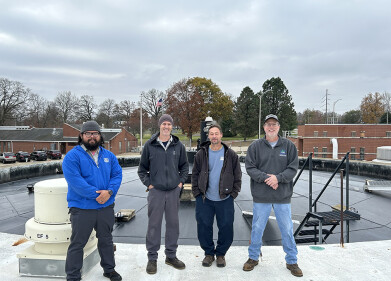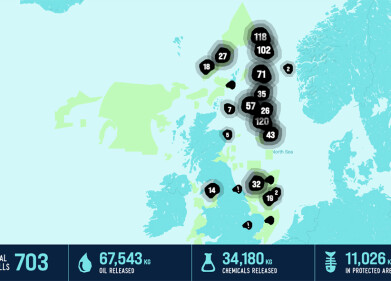Water/Wastewater
Re-activated Sludge Plant – a Spiral Aerator Case Study
Oct 16 2008
Oxygen starvation was a frequent problem at a small wastewater treatment works run by a UK water company, especially when loads increased and temperatures rosein the summer tourist season. The existing two 18.5 kW venturi aerators not only couldn’t cope, but they were prone to failure and didn’t provide sufficient circulation in
the oxidation ditch – even with the help of two 5.0 kW mixers.
Corgin (UK) were called to conduct an assessment which quickly revealed that two 15-18.5 kW Spiral Aerators would not only meet the oxygen
requirements, but would also dramatically improve the mixing.
By mid-morning on the day of installation, the aerators were commissioned and dissolved oxygen levels were rising steadily.
By the next day it was reported that DO levels were already stable and final effluent clarity much improved. Nitrification and suspended solids issues were soon a thing of the past.
Not only could the client breathe again having recovered their plant to good health, but they also found that impressive savings of nearly 10,000 kWh could be made monthly due to increased aeration and mixing efficiencies.
Spiral Aerators are used in a wide variety of situations where good mixing and aeration combine in one machine to give high efficiency and reliability, often with short paybacks from energy and maintenance cost savings.
Submerged parts are manufactured from stainless steel and GRP, and hot-dip galvanised steel parts are used above the waterline.
The absence of submerged bearings or wearing parts, and the propeller design so as to prevent clogging with rags or debris, both make for an extremely low maintenance aerator.
Events
Mar 18 2025 Expo Santa Fe, Mexico
Mar 18 2025 Moscow, Russia
Mar 19 2025 Manila, Philippines
Mar 20 2025 Guangzhou, China
Mar 24 2025 National Harbour, MD, USA














